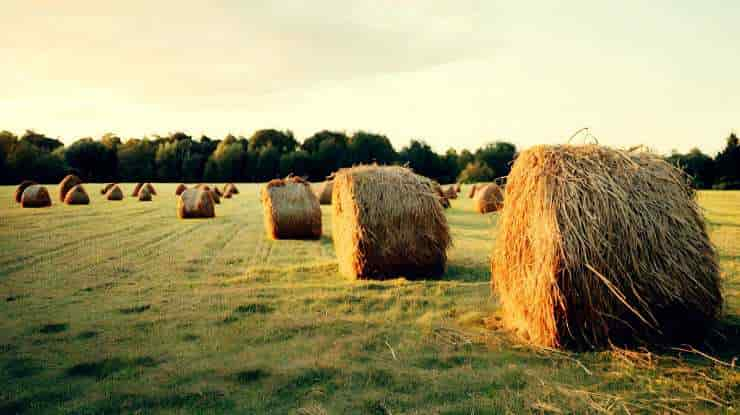When people evaluate the quality of products, as well as their past behaviour, they tend to take a rosier view if they’ve been looking at decorative photographs, according to a series of studies from Victoria University of Wellington.
Research by Brittany Cardwell examined how photos that are only loosely related to subject matter can make people more likely to believe that claims are true.
Several of Brittany’s studies investigated how photos can influence the perceived quality of wine.
“People who participated in these experiments saw a number of fictitious, unfamiliar wine names, like ‘Yellow Rick’. A rick is another word for a haystack, but many people don’t know that,”
says Brittany.
When the wine names appeared with decorative photos, such as an image of a haystack, people were far more likely to say it was an excellent wine.
“Of course, the photo really shouldn’t affect your judgment because it tells you nothing about the wine. In one of our studies, people actually got to taste the wine, and the presence of photos made them more likely to say the wines tasted better,” says Brittany.
Pictures or it Never Happened
Brittany also examined how trivially-related photos shaped people’s memories.
Participants saw a list of unfamiliar animal names, and were asked to give food to some animals and take food away from others. Just a few minutes later, people saw the same list again, but this time some of the names appeared with a photo of the animal.
When asked to remember if they gave food to each animal, people were more likely to say they had performed the action if they saw a photo.
“The really interesting thing is that in all of these experiments the photos led people to think the positive version of the claims were true—that wines were good, or that they had given animals food,”
said Brittany.
Brittany’s findings demonstrate that even trivial information can have a powerful effect on our judgments and distort our beliefs about the world.
“The findings might seem surprising but they actually make a lot of sense, because we know that when people can easily conjure up thoughts and images about something, they actually feel more positive about that thing. We think that’s how photos swayed people’s judgments in our experiments, and why they did so only for positive claims.”
So what do you think? Does the photo on this page make this research seem more authoritative?
Last Updated on September 30, 2023
